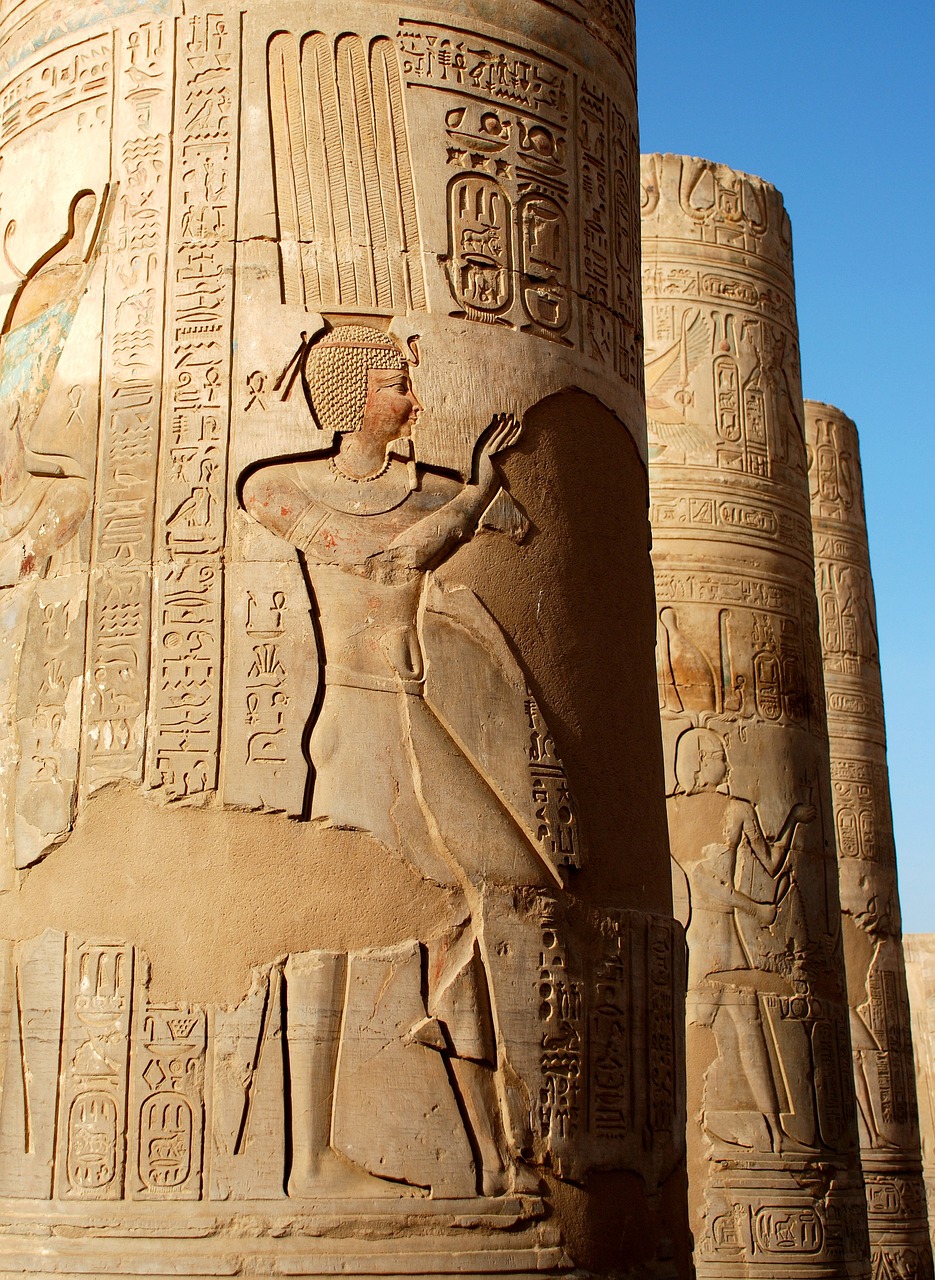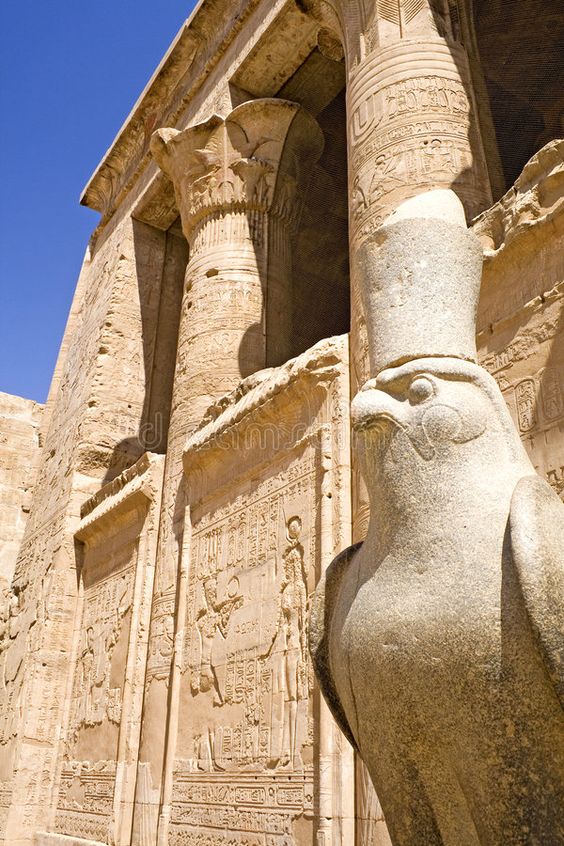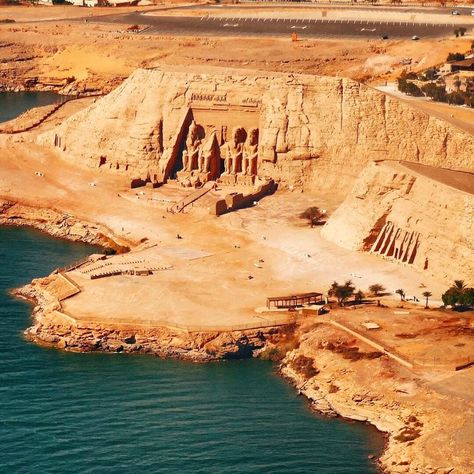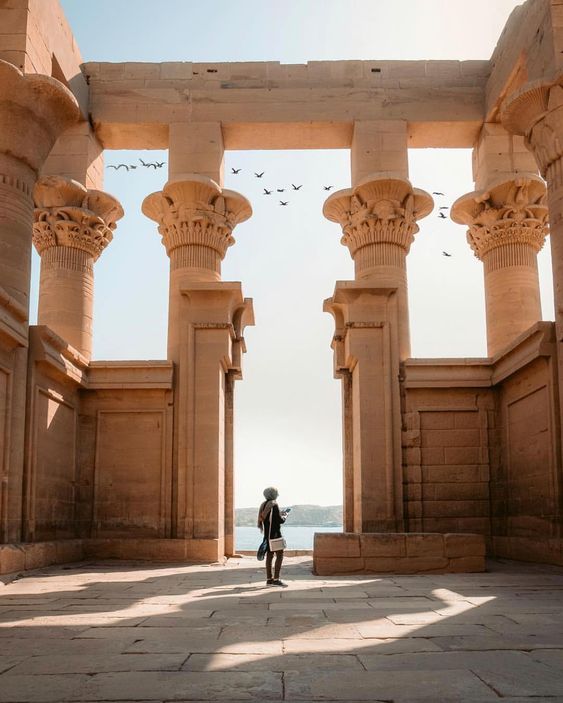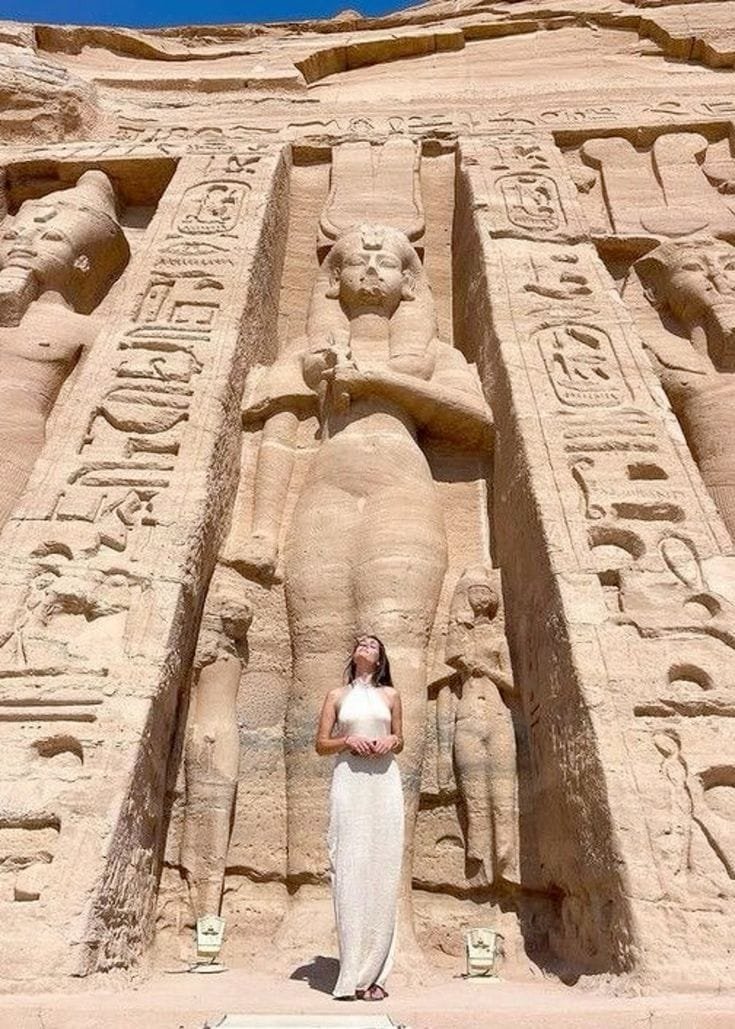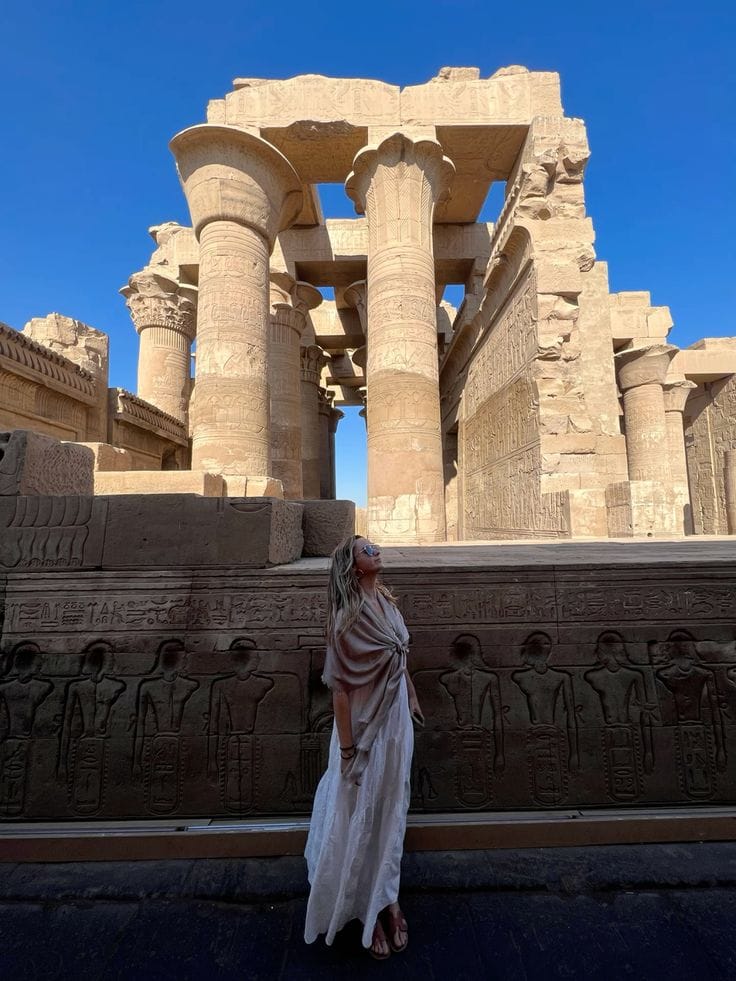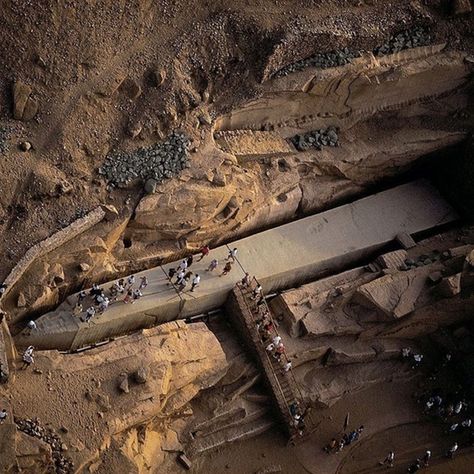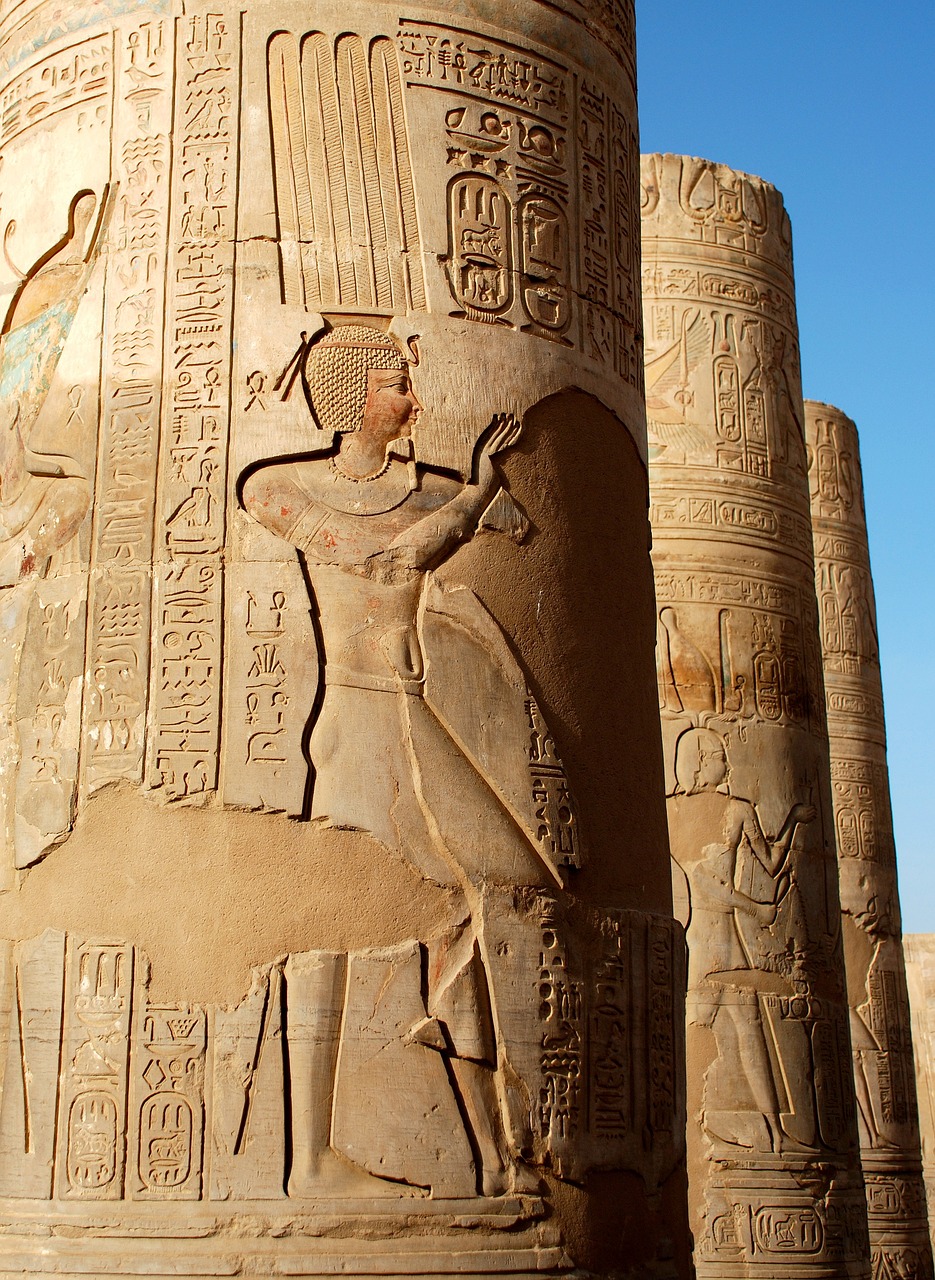Enjoy a private 4-day historical tour from Port Ghalib with Egypt Tour Magic, featuring a private car and personal guide. Discover Luxor’s Karnak Temple, Valley of the Kings, and Hatshepsut Temple, then visit Edfu and Kom Ombo temples. In Aswan, explore the High Dam, Unfinished Obelisk, and Philae Temple, and end your journey with the majestic Abu Simbel Temples before returning to Port Ghalib.
4-Day Trip to Luxor, Kom Ombo, Edfu, Aswan, and Abu Simbel from port Ghalib
- 4 Days
- Pricing Varies by Individual, Couple, or Group
Adult
Child
Description
Duration
4 Days
Group Size
8
Language
All
Highlights
Karnak Temple (Luxor)
Explore the grand Karnak Temple, with its massive Hypostyle Hall and towering columns, the largest temple complex in ancient Egypt.
Valley of the Kings (Luxor)
Visit the tombs of ancient Egyptian pharaohs, including the option to see the famous Tomb of Tutankhamun, adorned with vibrant wall paintings.
Temple of Hatshepsut (Luxor)
Discover the breathtaking mortuary temple of Queen Hatshepsut, built into the cliffs, reflecting the grandeur of Egypt’s only female pharaoh.
Edfu Temple (Temple of Horus)
Explore the well-preserved Temple of Horus, dedicated to the falcon god, showcasing stunning reliefs and ancient rituals.
Kom Ombo Temple
Visit the unique double temple dedicated to Sobek, the crocodile god, and Horus, with a fascinating Crocodile Museum nearby.
Abu Simbel Temples
Marvel at the colossal statues of Ramses II and the beautifully carved temple of Queen Nefertari, saved from the rising waters of Lake Nasser.
Philae Temple (Aswan)
Take a boat ride to the island of Philae to visit the romantic Temple of Isis, dedicated to the goddess of love and magic.
Aswan High Dam
Witness the engineering marvel that controls the Nile’s waters, creating Lake Nasser and revolutionizing Egypt’s irrigation system.
Included
- Air-Conditioned Transportation
- Professional Egyptologist Guide
- Entrance Fees
- Lunch at a Local Restaurant.
- Bottled Water During the Tour.
- WiFi in the Car
- Accommodation On Board 5 Star Cruise
Excluded
- Personal Expenses
- Gratuities for the Guide and Driver
- The Drinks in the Restaurant
Maps
Frequently Asked Questions
1 / Is the trip to Abu Simbel included in the tour price?
Yes, the visit to Abu Simbel, including transportation and entrance fees, is included in the tour price. However, any optional activities at Abu Simbel are not covered.
2 / How early is the departure for Abu Simbel from Aswan?
The trip to Abu Simbel typically departs around 4 AM to allow ample time for exploration before the heat of the day and to return to Aswan by early afternoon.
3 / What type of accommodation is provided during the trip?
Accommodation is provided in 4-star or 5-star hotels in both Luxor and Aswan, depending on your preference. All rooms are equipped with modern amenities for a comfortable stay.
4 / Is this tour suitable for children or elderly travelers?
Yes, the tour is suitable for all ages. The itinerary can be adjusted to accommodate the needs of children, elderly travelers, or anyone requiring special assistance. Let us know in advance for any specific requirements.
From 475,00 $
Book This Tour
Contact Information
Have a question in mind
Looking for more info? Send a question to the tour agent to find out more.
You might also like
With Egypt Tour Magic, your trip is always safe and truly memorable . If you love travel, you are in the right place!





